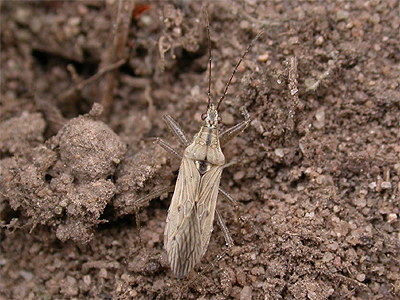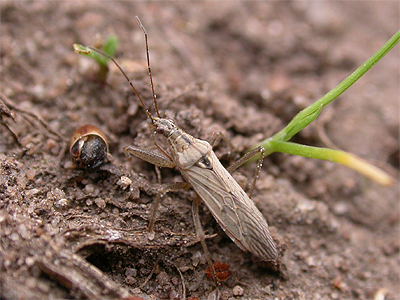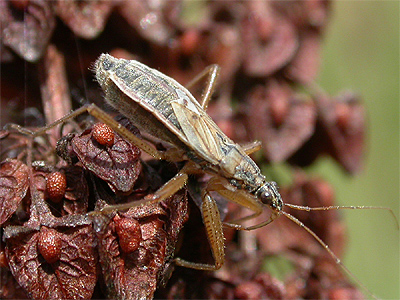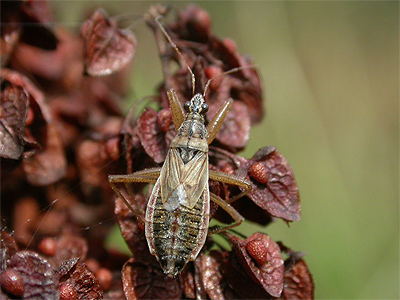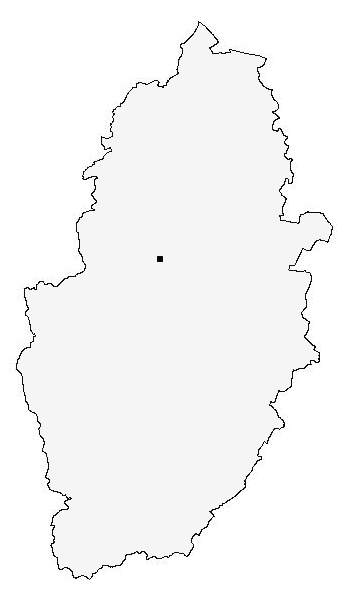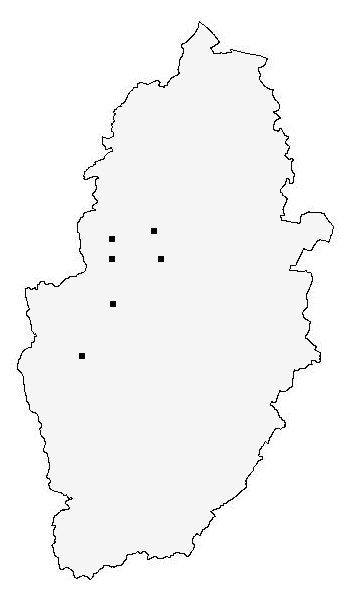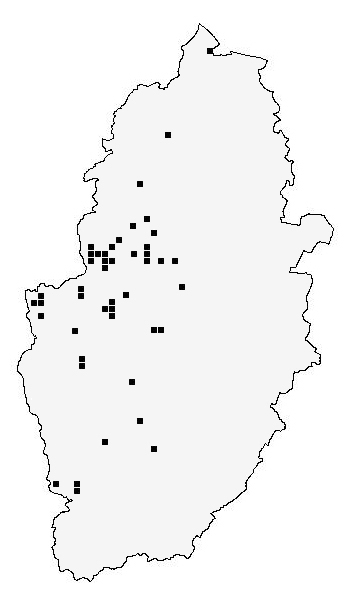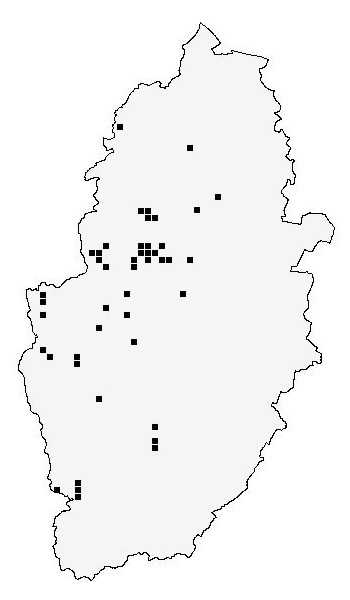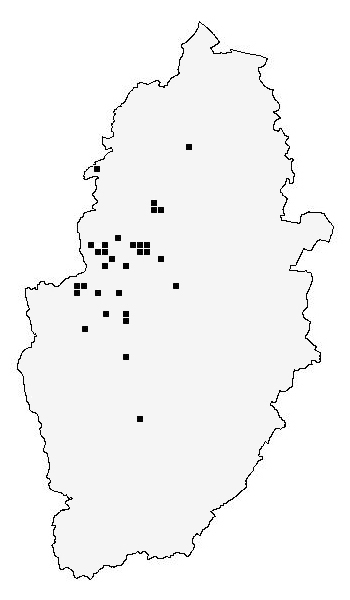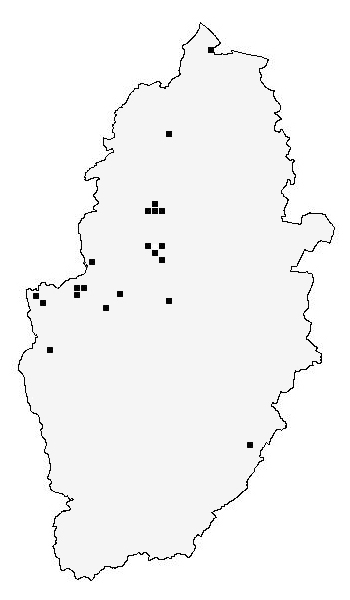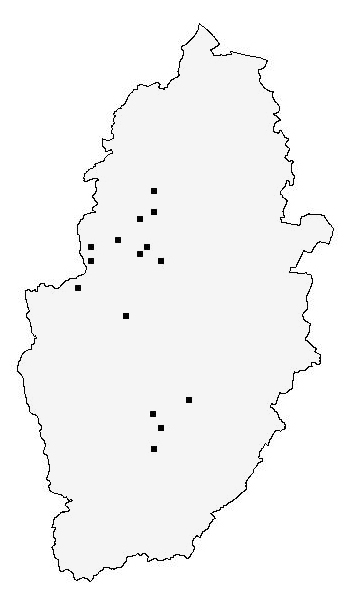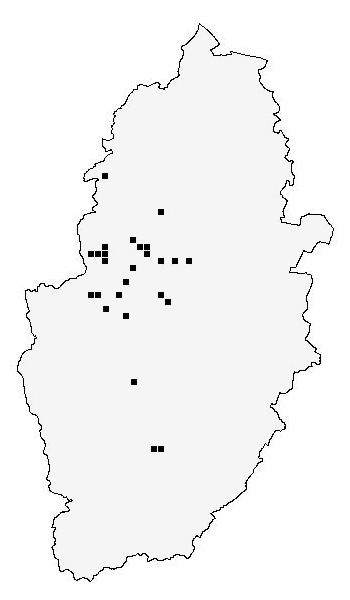Damsel
Bugs are generally rather elongate, slender-legged insects. They are
carnivorous, feeding on a range of insects with their
four segmented rostrum and both the adults and their nymphs,
will be a familiar sight to many naturalists. Yet once again, there has been little general interest
showed towards recoring the family for a
number of years.
However,
that trend has reversed somewhat and invertebrate surveys undertaken at several Sherwood
Forest sites and elsewhere within the general Sherwood Forest and
Clumber Park areas, have at least given us a better picture of species distribution.
Even though our knowledge of
their Nottinghamshire distribution is far
from being accurate, it is considerably better now than it was a decade
ago and a number of recorders have recently contributed records.
|
|
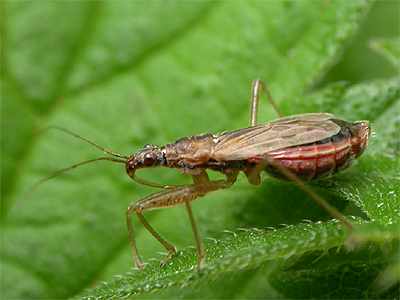 |
|
Known
Nottinghamshire species
The UK
currently has 12 known species of Damsel Bug (Nabidae),
ten of which are known to occur in Nottinghamshire. Most
species do have regularly used common names, which we
have included here. Species recorded from Nottinghamshire are: Himacerus
boops, Grey Damsel Bug Himacerus
major, Ant Damsel Bug Himacerus
mirmicoides, Tree Damsel
Bug Himacerus apterus, Field Damsel Bug Nabis
ferus, Heath
Damsel Bug Nabis ericetorum, Broad Damsel Bug Nabis
flavomarginatus, Marsh
Damsel Bug Nabis limbatus, Reed
Damsel Bug Nabis lineatus and Common Damsel Bug Nabis
rugosus.
Nabis brevis (RDB3) and Nabis
pseudoferus (Nb) are two largely
coastal species of southern parts of the UK. Neither are known from Nottinghamshire.
|


